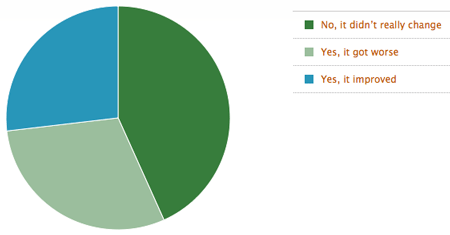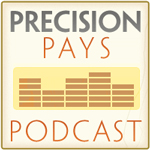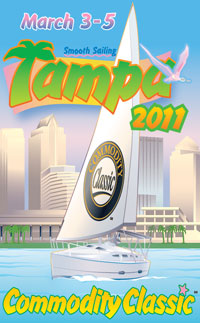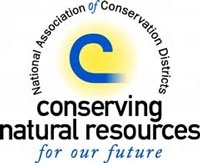 This past week, I caught up with Matt Darr, Iowa State University ag engineer and precision farming guru, to chat with him about this past year in precision agriculture.
This past week, I caught up with Matt Darr, Iowa State University ag engineer and precision farming guru, to chat with him about this past year in precision agriculture.
“We’ve said for a few years now that ‘accuracy is addictive.’ Well farmers are proving that as this has been a year driven by higher precision—a move to more RTK accuracy.”
The big deal. Darr cited the widespread nature of expanding RTK networks, both public and privately owned. “These networks are pushing us towards RTK becoming a standard commodity, which will help drive down the costs and give more growers the potential to achieve high-end accuracy. And that is a big deal.”
The CORS network has had a strong run over the past three years. Indiana is now online as the most recent, along with CORS networks in Iowa, Ohio, Michigan, Wisconsin, Minnesota and Missouri. “I see this growth slowing down, but we’ll continue to see greater stabilization and improvement in the signals,” Darr says.
In the private sector, we’re seeing greater expansion from Trimble’s VRS network and from John Deere’s StarFire 450 MHz radio system, as well as other smaller companies building systems across the Midwest.
Crop sensing. Another big push is on to figure out how to use active crop sensing to provide financial benefit. “With the addition of Ag Leader’s OptRx system, along with the Greenseeker from Trimble and CropSpec from Topcon, growers have the potential to unlock another area of profitability. It’s not as simple as auto guidance, and it may not work for everyone,” Darr says.
This technology offers a natural fit in wheat, since growers are used to topdressing in the spring. “Anytime you can automate N applications, you’re looking at both economic and environmental benefits. A reduction in the over-application of N is a big deal,” Darr says.
“The challenge for Midwest corn growers is that not every producer uses sidedressed N when corn is 12 to 18 inches tall, which is where this technology needs to be used. So you’re asking growers to change production practices as well as adopt new technology, so these challenges will slow adoption. But it offers huge potential,” he adds.
The future. “If you look back 4 or 5 years, and think about the automation technology that has come out—from auto swath to auto steer—all the easy things, relatively speaking, have been automated. Future automation gets tougher. We now need to circle back to data and press that information into greater knowledge. That’s what we’re after. We must gain knowledge from all this data to improve our operations,” he says.
GPS World offers a look at their top five events in GPS/GNSS for 2010, so check it out, too. http://www.gpsworld.com/survey/top-5-events-gpsgnss-2010-a-year-end-review-10854
Visit these links for more information.
CORS Network
http://www.ngs.noaa.gov/CORS/GoogleMap/CORS.shtml
Learn How CORS Network Can Fit Precision Farming
http://precision.agwired.com/2010/01/learn-how-cors-network-can-fit-precision-farming/
Lessons in Differential Correction
http://www.agleader.com/2010/07/02/lessons-in-precision-ag-differential-correction-part-2/
RTK Network Options
http://farmindustrynews.com/precision-guidance/rtk-network-options
Ag Leader dealer locator
http://www.agleader.com/dealer-search/

 The
The 






 The annual
The annual 
 The
The  “Our involvement in AG CONNECT Expo 2011 will generate greater conservation awareness and support AEM and its efforts within the Ag industry. It will also serve to enhance awareness of and elevate the profile of NACD among producers and agribusiness in general,” said Jeff Eisenberg, chief executive officer of NACD.. “AG CONNECT Expo will exhibit the kind of equipment necessary for conservation advancement.”
“Our involvement in AG CONNECT Expo 2011 will generate greater conservation awareness and support AEM and its efforts within the Ag industry. It will also serve to enhance awareness of and elevate the profile of NACD among producers and agribusiness in general,” said Jeff Eisenberg, chief executive officer of NACD.. “AG CONNECT Expo will exhibit the kind of equipment necessary for conservation advancement.”